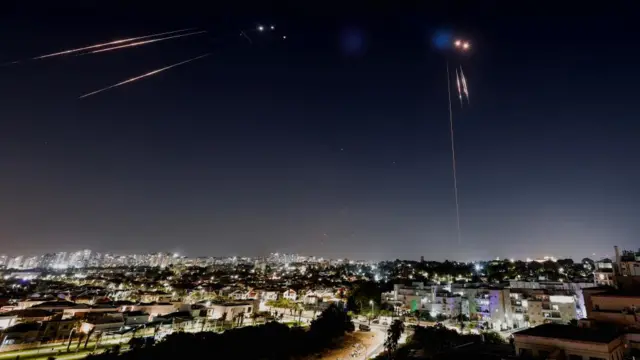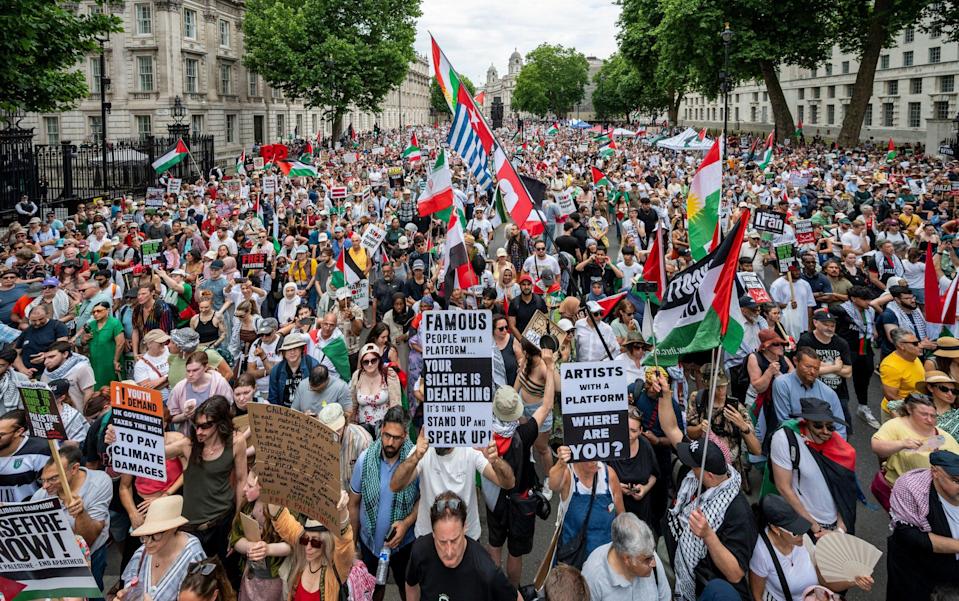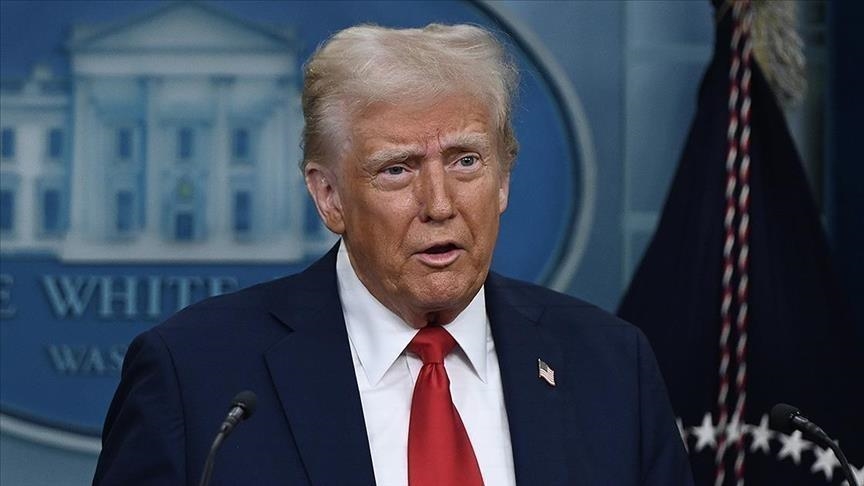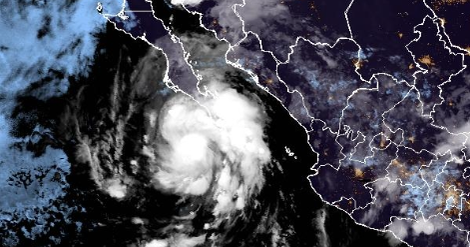Inside NATO’s Struggle to Stay United as Trump Returns to the World Stage
The North Atlantic Treaty Organization’s headquarters in Brussels is a striking structure—eight glass-and-steel wings resembling interlocked fingers, symbolizing unity among nations. But inside, the space tells a story of unequal power. Iceland’s small delegation occupies a few offices. France has an entire floor. Germany has two. The U.S., representing a military force deployed in nearly 150 countries, commands a five-story wing.

At the heart of NATO lies Article 5—its collective defense clause—invoked only once after 9/11. A rusted steel beam from the World Trade Center, now part of NATO’s memorial, stands as a stark reminder of that moment of unity. But nearly two decades later, the alliance faces new pressures—and a returning U.S. president who has long questioned its purpose.
When Donald Trump visited in 2017, he criticized allies for failing to meet defense spending targets, saying the U.S. was protecting countries Americans “never even heard of.” Though he gave a speech at the Article 5 memorial, he notably avoided affirming the clause itself. Behind the scenes, he mocked the building’s design, suggesting a single tank round could bring it all down.
In contrast, Trump’s NATO counterpart today—Secretary-General Mark Rutte—is a seasoned Dutch politician known for his pragmatism. Rutte, who lives modestly and favors quiet diplomacy, is tasked with keeping the alliance intact amid Trump’s escalating demands. Now, Trump wants NATO members to spend 5% of GDP on defense, up from the current 2% goal.

As Russia’s war in Ukraine drags on, NATO has bolstered its eastern flank with troops and funding. Yet Trump continues to express ambivalence about defending underfunded allies. At a rally, he even said he would “encourage” Russia to do “whatever the hell they want” to members who don’t pay up.
Rutte insists Trump is “totally committed to NATO,” framing U.S. pressure as a wake-up call for Europe to boost its own military capabilities. With tensions rising ahead of the next NATO summit in The Hague, Rutte is working to minimize drama—limiting proceedings and condensing the final communiqué.
But European leaders remain anxious. Trump’s administration is already considering relocating troops away from Europe and may leave NATO’s top military post—Supreme Allied Commander Europe—unfilled for the first time in the alliance’s history.
NATO was born from the wreckage of World War II to prevent another global catastrophe. Its founding principles, outlined in just 14 articles in 1949, were to “keep the Soviet Union out, the Americans in, and the Germans down.” While the Cold War solidified NATO’s role, its relevance has since been tested—from the post-Soviet era to the wars in Afghanistan and now renewed conflict with Russia.
Newer member states like Poland, Estonia, and Lithuania view NATO as essential protection against Russian aggression. But the alliance’s expansion has also provoked Moscow. A 2008 pledge to one day admit Georgia and Ukraine, while vague, helped set the stage for Putin’s hostility.
NATO’s chain of command—anchored by the SACEUR, always an American—symbolizes U.S. dominance in European defense. But that dominance is now in question. In 2014, amid Russia’s annexation of Crimea, NATO struggled to reach consensus. It took U.S. unilateral action, via EUCOM, to deploy air patrols and calm fears in Eastern Europe.
Former SACEUR General Philip Breedlove noted that many European allies were unprepared for fast deployments, reliant on the U.S. to lead. Though other nations joined eventually, the episode exposed NATO’s dependence on Washington’s will—and its vulnerabilities.
Today, as NATO faces what former Secretary-General Anders Fogh Rasmussen calls an “existential moment,” the greatest uncertainty may not lie in Moscow—but in Washington. The alliance’s future could hinge less on external threats and more on whether the U.S., under Trump, still believes in the very idea of collective defense.



